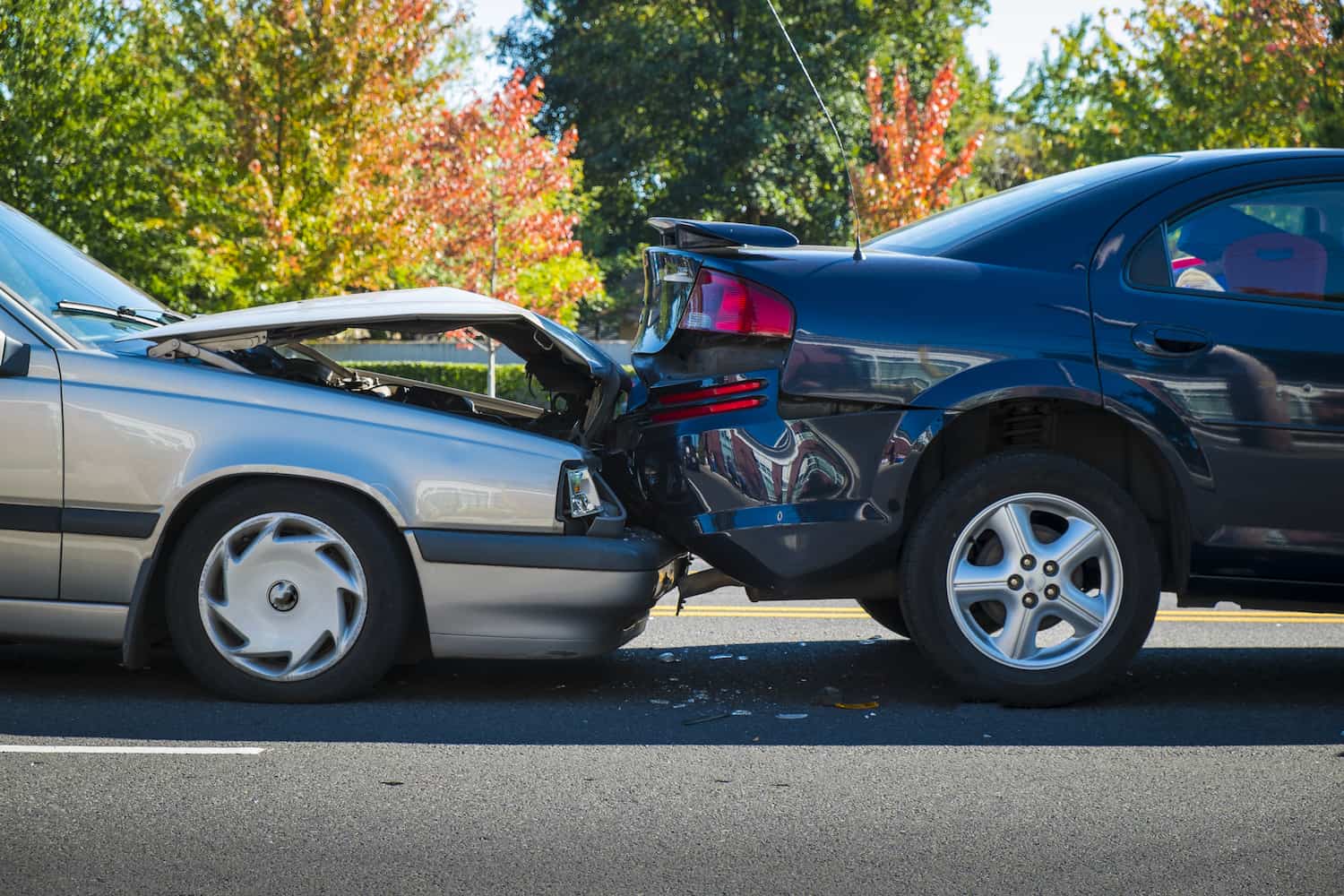Tailgating, or following too closely, is a form of road rage. It is one of the most common types of reckless and unsafe driving that motorists will encounter on the road. Tailgating is unique in the sense that is an extremely personal issue. Most often, motorists who tailgate decide to follow close behind another driver. This decision is a direct result of anger or frustration with that individual. Most tailgating drivers do it intentionally and aggressively, even though tailgating may be done by accident or by inexperienced drivers who are in the minority.
The Dangers of Following Too Closely
Tailgating is the simple act of intentionally following another person’s vehicle much more closely than what is safe or recommended. A motorist’s ability to observe and react to the world around them is paramount to being a safe driver. If you are driving extremely close behind someone else’s vehicle, you remove your ability to react in time. This can be a problem if the person ahead of you suddenly stops or decides to break-check you. Tailgating can distress drivers, as the offending driver’s refusal to let up can lead to undue stress. This stress is caused by being followed too closely. Some drivers may be able to handle the stress caused by tailgating. However, others may perform considerably worse under duress, which could directly lead to an accident. So, with all that in mind, what can we do?
Two Seconds to Save a Life
As we have gone over, tailgating is a facet of road rage. While you can’t stop someone from tailgating you, you can react accordingly and stay safer as a result. If another driver is tailgating you, moving over to the nearest open lane, if possible, allows the offending driver to pass you, and frees up your vehicle from being tailgated. Furthermore, even though some drivers consider tailgating a minor offense, following too closely is still an offense in many states. In addition, you can ensure that you yourself never tailgate by following the ‘two second rule’, a simple technique taught in most driving schools across America. By maintaining about two seconds worth of space on average, you give yourself the most amount of room to react without disrupting the flow of traffic.
Tailgating is a dangerous driving habit that motorists should avoid at all costs. It is both emotionally damaging to your fellow drivers and physically dangerous as you greatly increase your odds of getting into an accident. If you liked this article and want to learn more about safe driving, check out NTSI’s other informative articles and drive SAFER!





